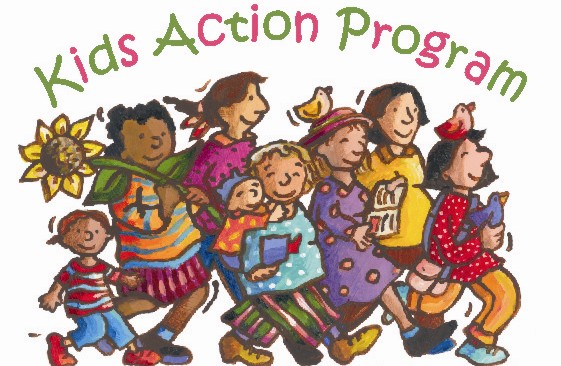On November 24,1989, Ed Broadbent, the leader of the NDP, rose in his place in the House of Commons to make his final speech before retirement.
He put forward a resolution. It read: “Be it resolved that this House express its concern for the more than one million Canadian children living in poverty and seek to achieve the goal of eliminating poverty among Canadian children by the year 2000.”
It passed unanimously.
Since the motion was passed in 1989, there has been a 0.82 per cent decrease in the number of children living in poverty in Nova Scotia. Between 1989 and 2018, child poverty rates decreased in every province and territory except Nova Scotia, where 41,379 children, or nearly one in four, live in poverty. Shame on Nova Scotia!
It has been 31 years, 11,323 days, since the all-party resolution was made, and child poverty still exists. It is interesting to me that we frame the issue of poverty as child poverty – after all, don’t children live in families and communities? Shouldn’t we be talking about eliminating poverty – period?
Nova Scotia has so much to be o be proud of, however, this is a clear failure on our part…one that should be unacceptable to everyone. Not only is the rate of child poverty higher than the national average Nova Scotia also has the third-highest provincial child poverty rate in Canada, surpassed only by Saskatchewan and Alberta, and the highest rate in Atlantic Canada. This standing has been a constant ranking over the last several years.
On November 30, 2020, Deputy Prime Minister Chrystia Freeland tabled the Fall Economic Statement. The article stated that the “plan will continue to protect Canadians’ health, jobs and the economy”. A second statement indicated there would be help for families with young children through the pandemic by providing temporary support of up to $1,200 in 2021 for each child under the age of six for families entitled to the Canada Child Benefit. On first read I thought, “Wow, good for them” and then I read this: If you’re eligible for the CCB and make less than $120,000 a year, you’ll receive the money automatically as four tax-free payments of $300, spread throughout 2021. Eligible families who make more than $120,000 a year will receive four tax-free payments of $150. Seriously?
We have families living in poverty in Canada, yet the government of this country decided to provide $1200 extra per year to families making less than $120,000 a year and $600 a year to families making more than $120,000 a year. Of course, the families living in poverty will benefit from the additional $1200 per year. I wonder, however, how much more they might have received if the income cut-off was considerably lower?
I will point out once more, it has been 31 years, 11,323 days since the federal government of Canada resolved to end ‘child’ poverty by the year 2000. They have failed! It is not good enough to blame the other parties, every single party voted to support the resolution made and not one of them has stepped up and made the hard decisions it would take to end poverty in this country.
Dr. Frank was recently appointed Tier II Canada Research Chair in Food, Health, and Social Justice at Acadia University. The 2020 Child and Family Poverty Report Card, by Dr. Lesley Frank, Acadia University Professor [MOU1] and CCPA-NS Research Associate, Laura Fisher, MA student at Acadia University, and Dr. Christine Saulnier, Nova Scotia Director of the CCPA, provides an overview of child and family poverty rates within Nova Scotia and child poverty rates for different population groups within the province. It also provides a list of recommendations for the Provincial and Federal governments. I encourage you to read it, and demand that our governments finally get serious about ending child and family poverty.
